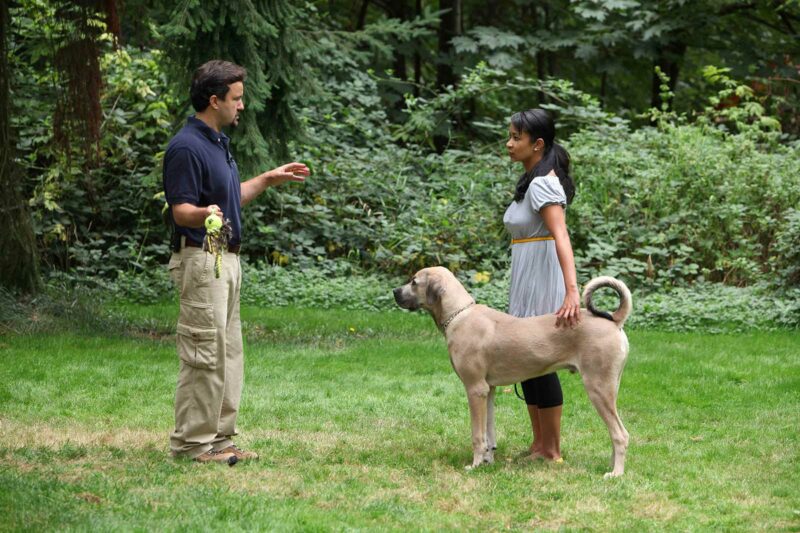In short, yes. It is, however, important to understand what a correction is and why it is used in all functional dog training. We use a balanced approach that includes, positive and negative feedback.
Methods of training that ideologically reject the idea of correcting a dog are known as “purely positive” methods of training. I was originally trained in a “purely positive” method of dog training many years ago. I saw a few dogs take to it and I saw that method fail a lot of dogs as well. Fortunately, for me, I was also working at shelters taking dogs out in small groups to exercise, socialize and train them before and after hours to help improve their adoptability. While there weren’t fights during the group play but I did notice that those dogs used balanced positive and negative feedback with each other all the time. They used forms of positive communication to essentially say, “that was great, let’s play chase again”, or they used negative feedback to communicate messages like, “don’t mount me” or “don’t nip me or jump up on me like that”. So, that’s when the “lightbulb” went off for me about dog behavior. The strange thought in my head was, “I guess dogs never read the ‘purely positive’ dog communication book? … because that’s not how they do it.”

